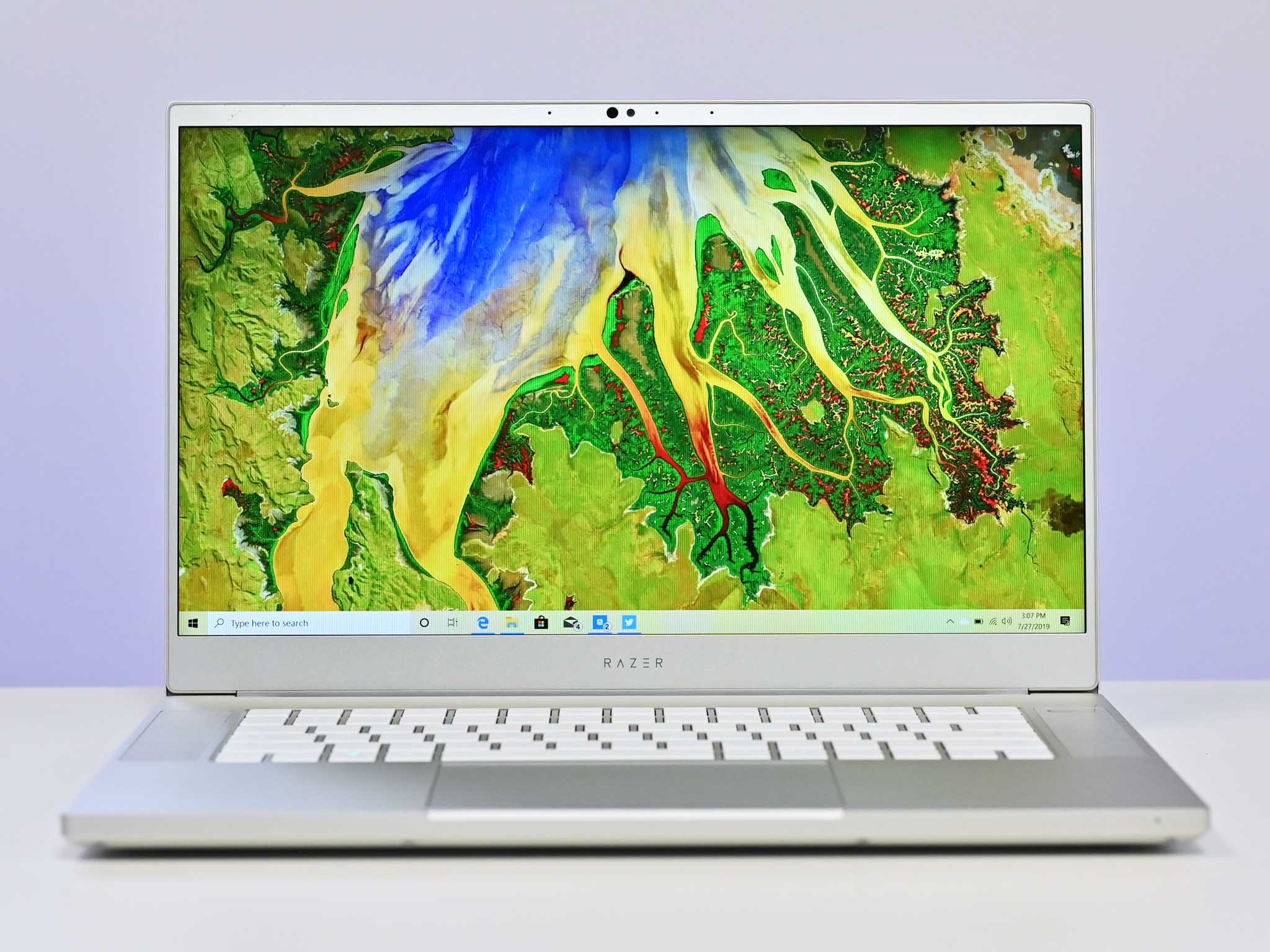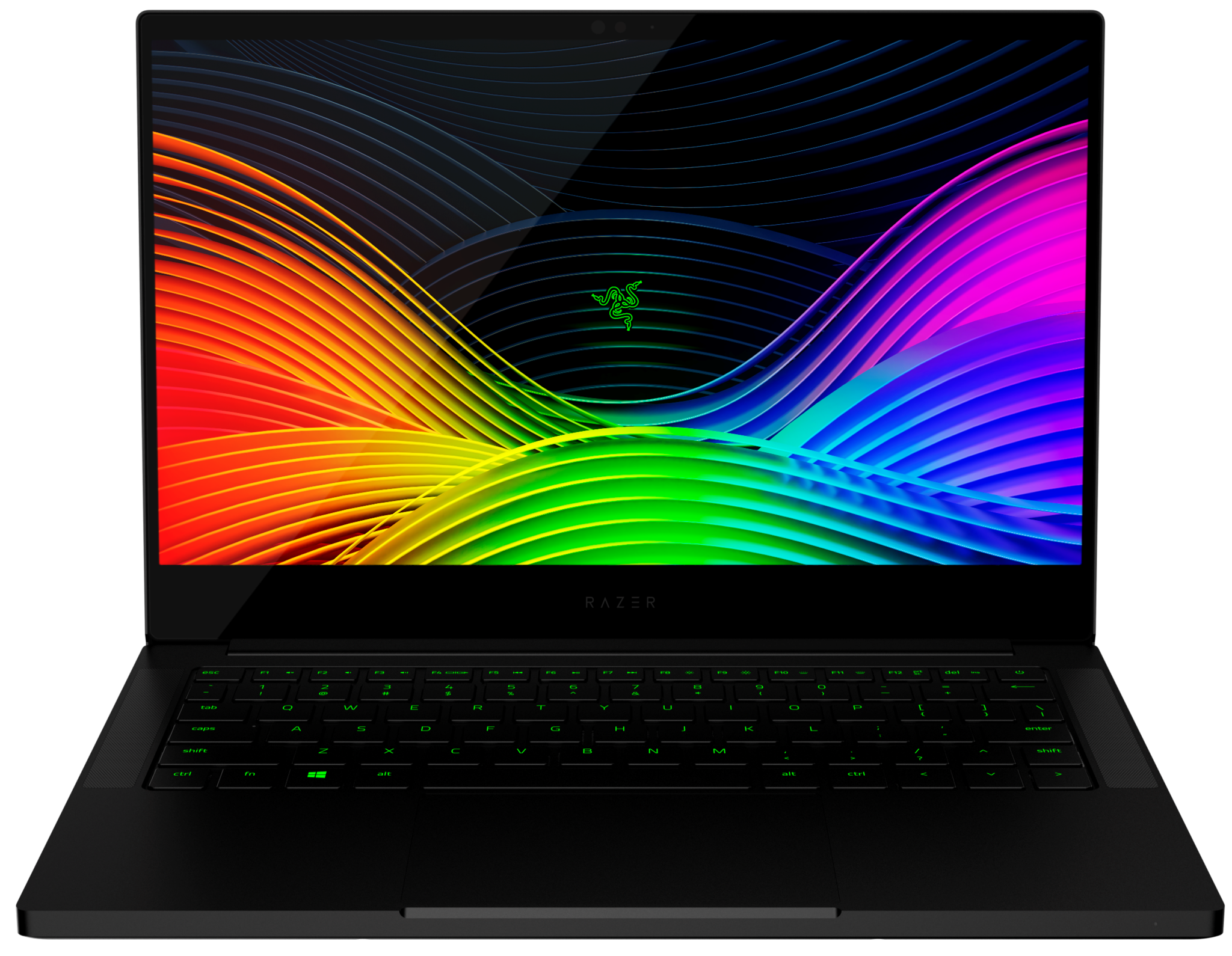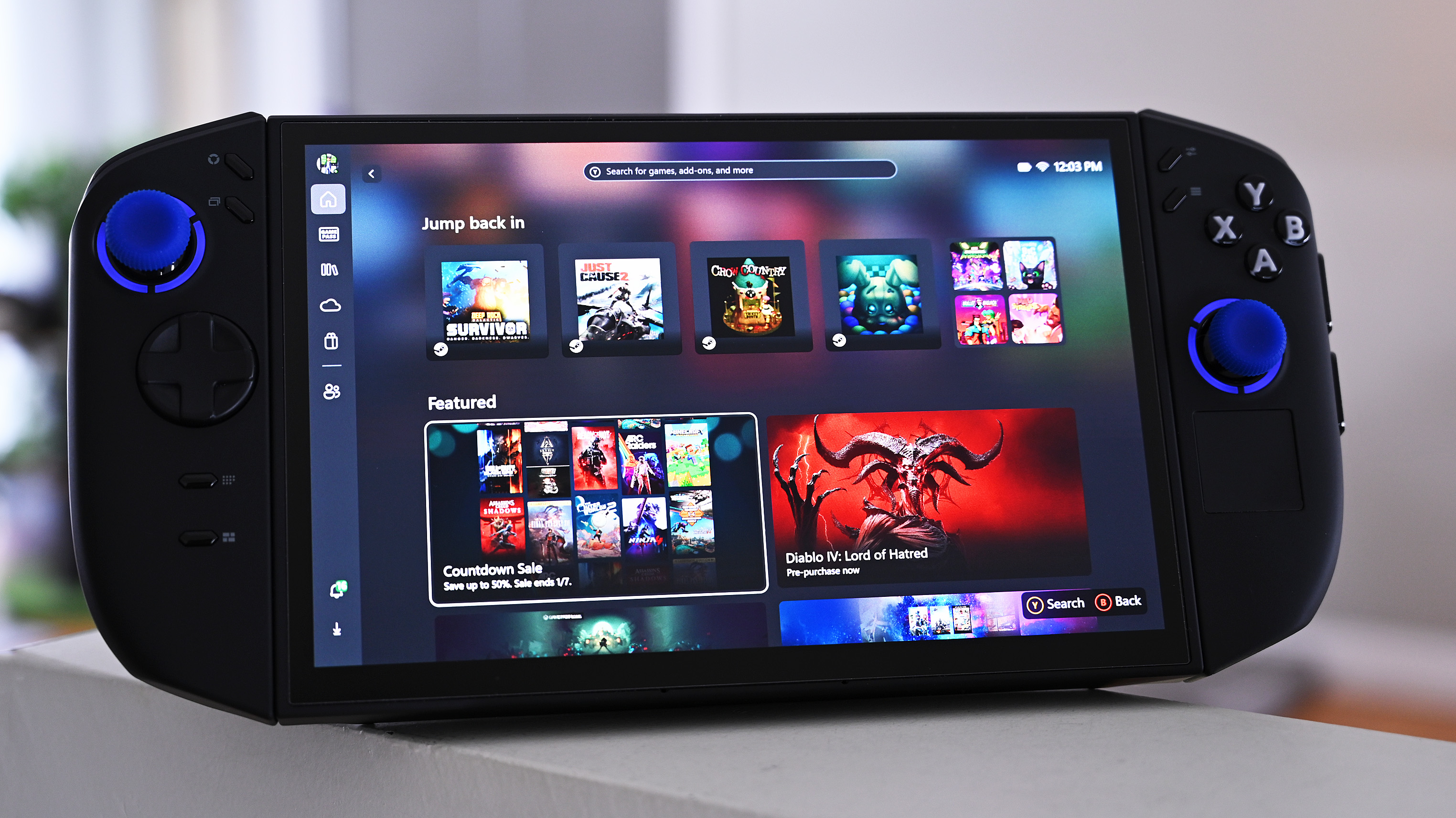Razer CEO talks gaming laptops (and desktops), toasters, and what's next
Razer's CEO talks to us about prospects for a Razer desktop, toasters, and why 'being great is not good enough.'

Gaming is arguably one of the most critical areas of technology today, especially for the world of PCs. Along with enterprise, the gaming segment is one of the few areas that has withstood the rise of the iPad and giant smartphones. Toss in the phenomenon of esports, and gaming laptops and desktops have never been more popular.
All of that makes Razer one of the most fascinating companies around. Founded in 1998 by Min-Liang Tan and Robert Krakoff, the company had a straightforward goal: make a PC mouse built for gamers. Thus, the Boomslang was born, spawning 20 years of development focused only on creating the best gear for real gamers (by gamers). The idea may seem obvious now, but back in 1999, the idea was revolutionary.
I sat down with Razer CEO and Creative Director Min-Liang Tan in Berlin a few weeks ago to find out the secret to the company's success.
Birth of the world's first true gaming laptop
Coming off the heals of the launch of the refreshed Razer Blade Stealth — the world's first true gaming Ultrabook with an NVIDIA GeForce GTX 1650 – I'm curious as to why Razer even got into making laptops. Companies like HP, Dell, and many Chinese brands already carved out the market years ago. The idea seems risky and audacious, especially with the capital needed to bring laptops to stores (after eight years, Razer is just entering the European market). Min says the motivation was simple: frustration.
'It's the things we don't do that define us,' Min said.
In 2007 or so, Min says he talked to those very companies about making a thin, sleek gaming laptop, one that was not inches thick or weighed 10 lbs. "We talked to the people who make gaming laptops … every single one of them. We think it should be super slim, super powerful." Min said. "[T]hey said it would be impossible. And if was possible, it'll be very expensive."
Those companies also suggested no one would want something like that, Min said. Well, challenge accepted.
In 2019, the 2011 Razer Blade is still a behemoth. Engadget at the time called it "17 inches of gaming greatness," and the $2,900 price tag is still eye-watering. But at just 0.88 inches thick and with three years of development, it took the tech world by storm. That's because up until this point, no one had seen a laptop that looked like the Razer Blade.
All the latest news, reviews, and guides for Windows and Xbox diehards.

Since then, the company has refined the Blade down to a humbler 15-inches, after doing 14-inches with thick bezels for a few years. Razer now has the Blade Pro — a 17-inch laptop that is as powerful as many high-end gaming rigs. There is also that Blade Stealth at 13.3-inches, which was, up until this fall, more of a traditional Ultrabook.
They said 'no one wants something like that,' according to Razer CEO Min-Liang Tan.
Min shared the secret of why Razer can do what it does. It's about answering the question of what would we design for ourselves?, Min said, but "it's the things we don't do that probably define us a little bit more."
That may sound surprising, but with just three laptop models to focus on, Razer can concentrate on delivering genuinely differentiated experiences with purpose. Min said the Blade Pro is about prioritizing power first and portability second. The Blade Stealth is the opposite: mobility first, power second. And the original Blade is a balance of both power and portability. Razer hasn't released budget models, or spammed its product line with "me-too products," so it can to refine those laptops year after year, in effect perfecting them. There are parallels and similarities to Microsoft's Surface strategy.
As for the updated Blade Stealth being the world's first gaming Ultrabook, Min said, "…in six months you're going to see gaming Ultrabooks throughout the entire industry from every other brand."
Razer set the stage, and others will follow.
300Hz, VR, 5G, and a Razer desktop?

What about VR? Min again said he is proud of what the company chooses not to do. He said VR simply isn't "ready for a full consumer device yet," and that we'll see "incremental improvements in the technology" for at least a few more years. While Oculus is carving a niche space right now — and gaming is the primary usage of the technology for consumers — it's clear from Windows Mixed Reality (WMR) to Samsung Gear VR that the technology and experiences are not ready for prime time.
I also asked Min about 300Hz displays, something I criticized as being a gimmick during IFA in September. "If we're able to give a better experience that's great," he said. "However, are the chipsets ready for that? We prefer to take our time with the experience. 300Hz is not ready yet, so what's the point?" The remark highlights one thing Razer does well: its laptops are gimmick-free.
When Razer does a desktop, it'll be something that will move the needle in the industry.
Min also believes 5G is going to be a big deal, especially in emerging markets where 4G LTE and wired broadband are rare, specifically, in the area of cloud streaming, like with Google Stadia and Microsoft's Project xCloud. "5G will be a massive catalyst for this," he said, "but it will take some time". Min also cited data — the radios, antennas, and know-how for laptops — as one of the biggest challenges for companies like Razer going forward. (5G has stringent and complicated antenna requirements compared to 4G that are a challenge for all-metal laptop designs).
It strikes me as odd that a company built on the foundation of gaming hardware has yet to make a full desktop tower PC build. The company has dabbled in high-end PC cases but not an actual desktop gaming rig. When I asked about this, Min casually responded. "We have a lot of concepts and things we're working on, but nothing that has reached my level of expectation. When we do a Razer desktop, it'll be something that we want to be able to move the needle in the industry. We're working on it, and if it happens, it happens."
The company has wild ideas about computers, including its crazy three-screen concept laptop dubbed "Project Valerie" from 2017. One could only imagine that a Razer desktop would have to be as ambitious, similar to Microsoft's Surface Studio. Based on my conversation with Min, it seems like Razer is likely to release a desktop PC, but it's unclear when.
About that Razer Toaster …
As our interview wound down, Min brought up the infamous and meme-ready Razer Toaster, a.k.a., "Project Breadwinner." Started as an April Fool's joke in 2016, Razer's fanbase pushed the company hard to make one (the fun actually goes back to 2013). The notion gained enough momentum that in April of this year, it seemed like it could finally happen.
Razer set the stage, and others will follow.
"The toaster market hasn't been looked at in a very long time …there's a lot we can do there," Min said with a laugh. But what would he do with all the employees who worked on it after the toaster ships? Razer already has the designers and engineers, but Min admits it would need to hire some "appliance guys" to make it all happen. "I'm not spending too much time on it right now, just to be clear," Min said.
Honestly, though, you never know with Razer.

Daniel Rubino is the Editor-in-chief of Windows Central. He is also the head reviewer, podcast co-host, and analyst. He has been covering Microsoft since 2007 when this site was called WMExperts (and later Windows Phone Central). His interests include Windows, laptops, next-gen computing, and wearable tech. He has reviewed laptops for over 10 years and is particularly fond of 2-in-1 convertibles, Arm64 processors, new form factors, and thin-and-light PCs. Before all this tech stuff, he worked on a Ph.D. in linguistics, performed polysomnographs in NYC, and was a motion-picture operator for 17 years.

